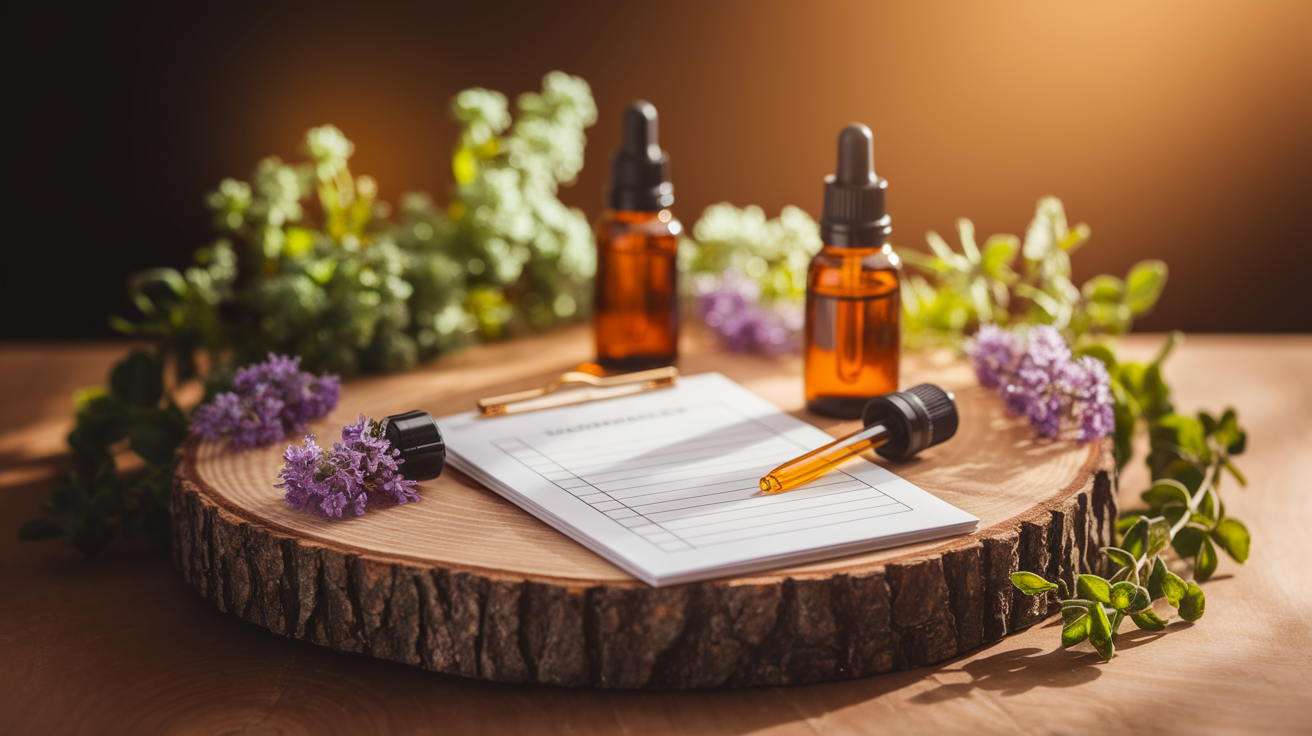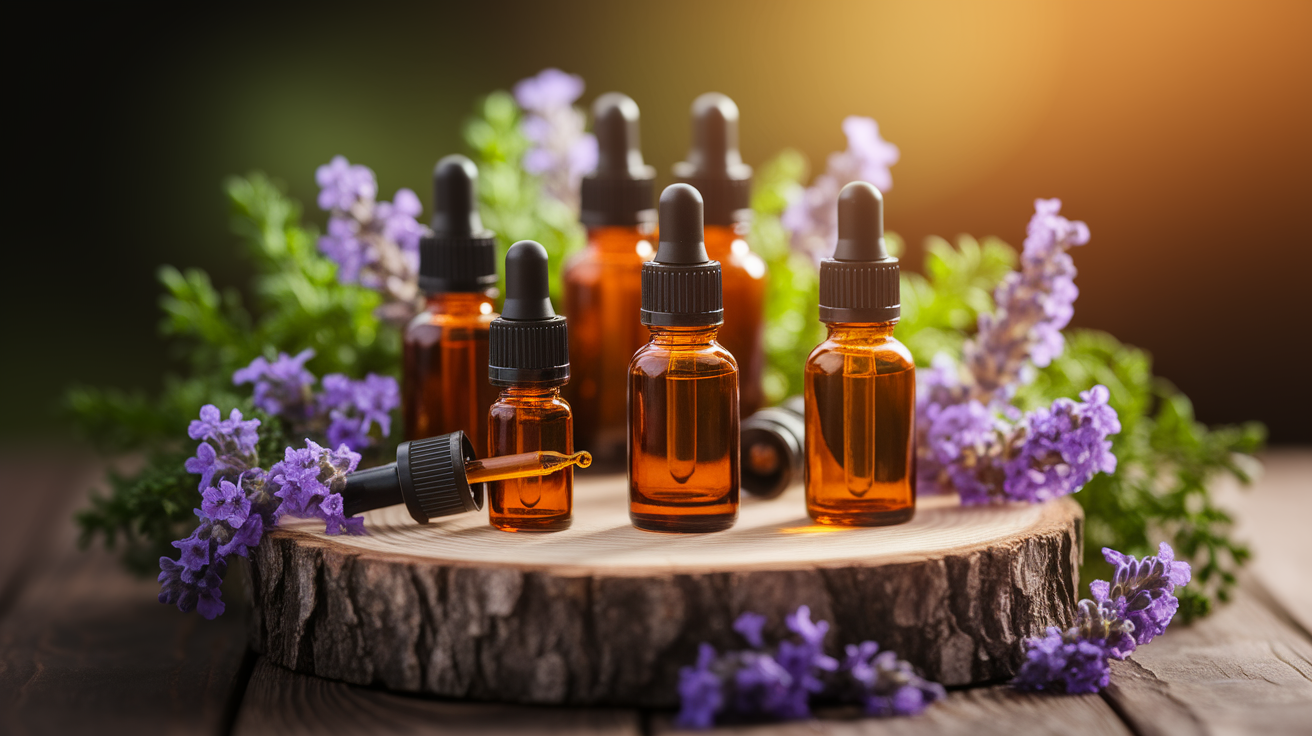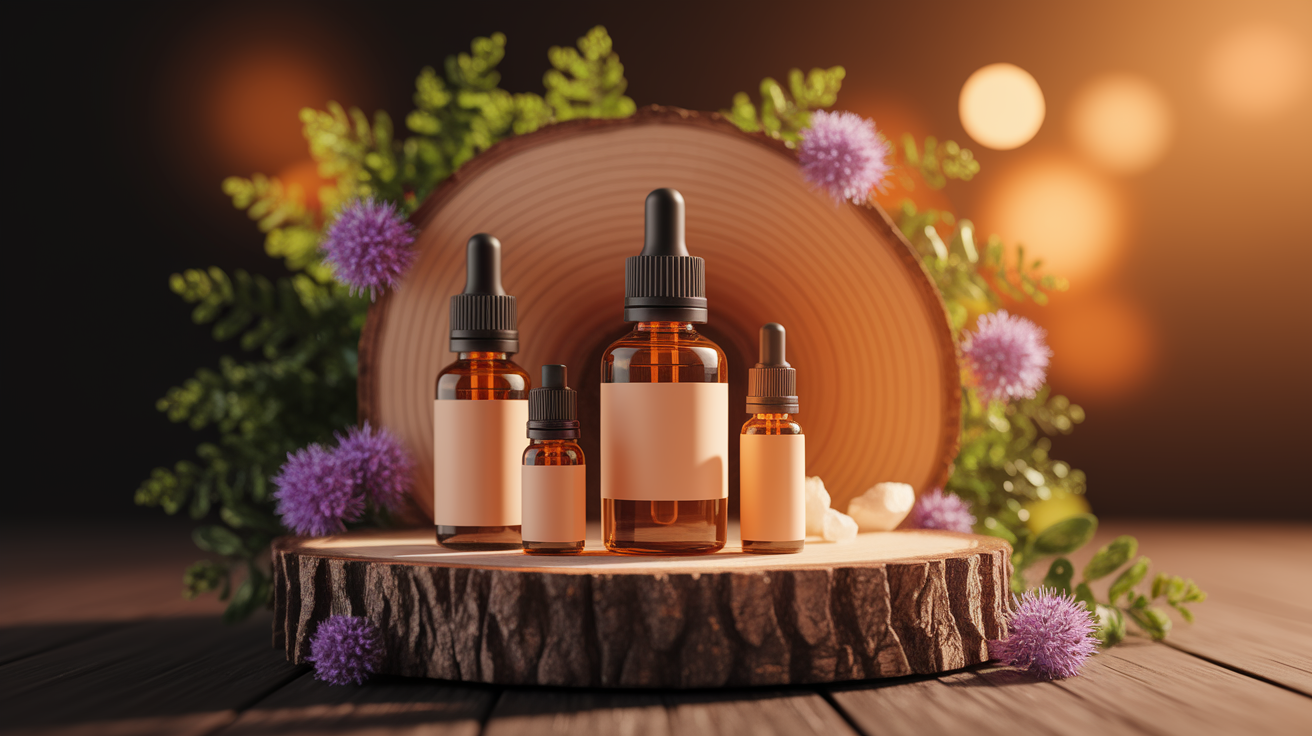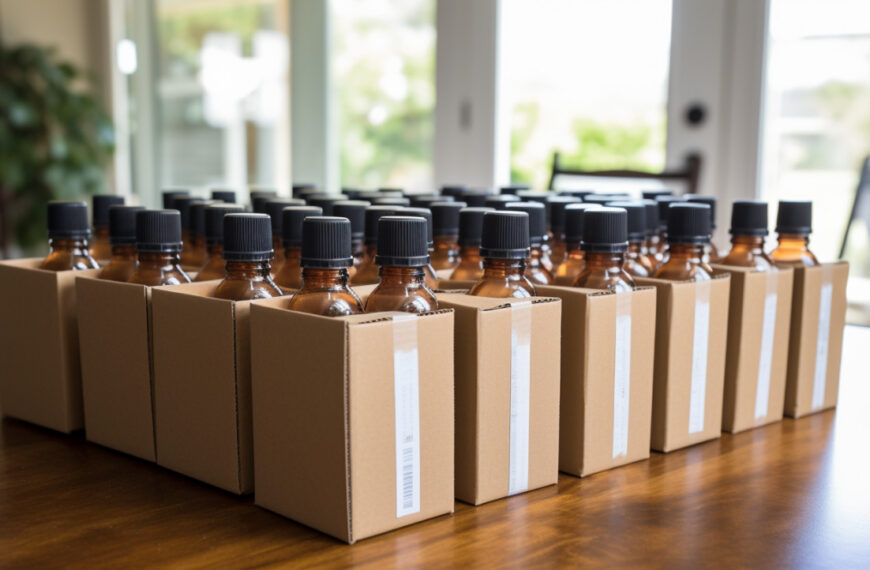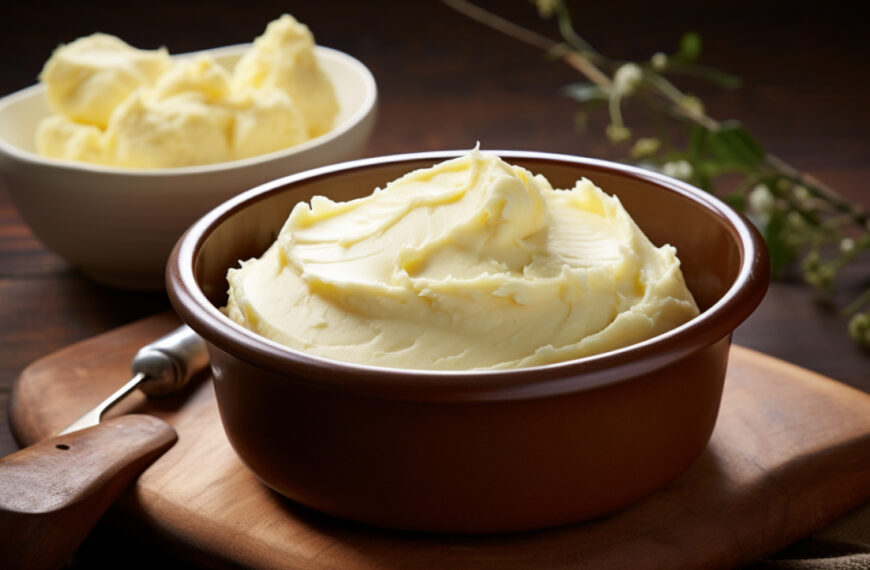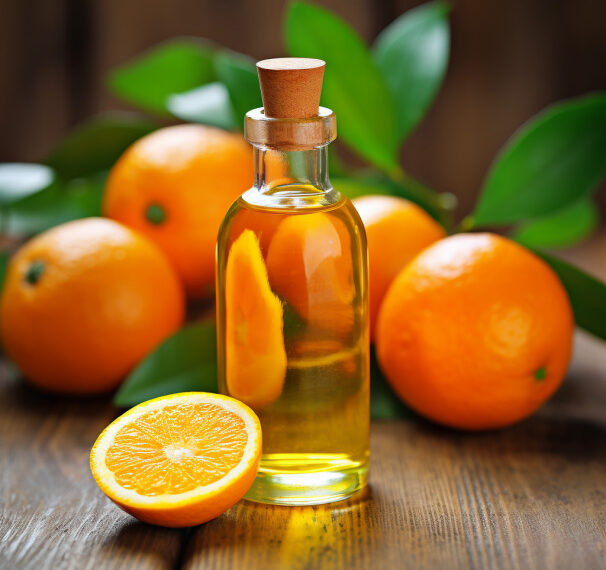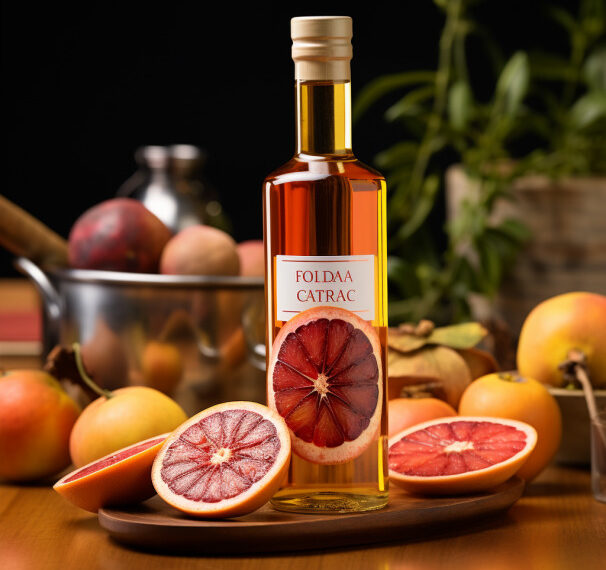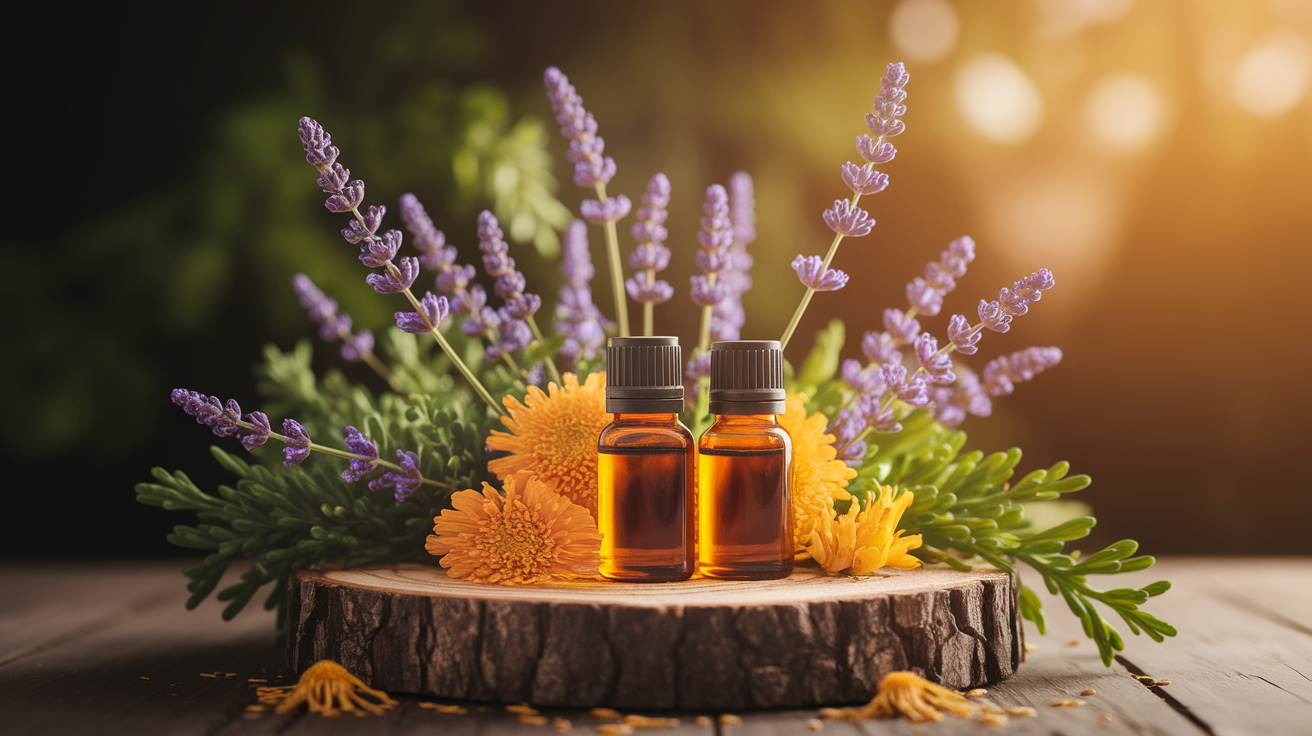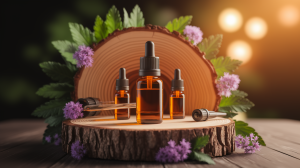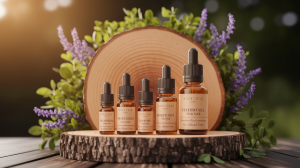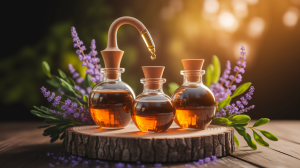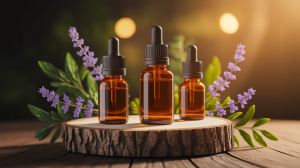Starting Strong: Your Essential QA Checklist Unveiled
Imagine holding a bottle of essential oil you’ve worked hard to bring to life – the label gleaming, the scent dancing in the air – and knowing it’s not only beautiful but pure, safe, and exactly what it claims to be. That’s the kind of confidence a solid quality assurance (QA) checklist delivers. In a market where trust makes or breaks a small essential oil business, QA isn’t just a formality – it’s your backbone. Starting from the crop level, where you’re making sure no sneaky agrochemicals or pesticides slip in, and carrying that vigilance through distillation, bottling, and labeling, a good checklist keeps you ahead of problems that could tarnish your brand.
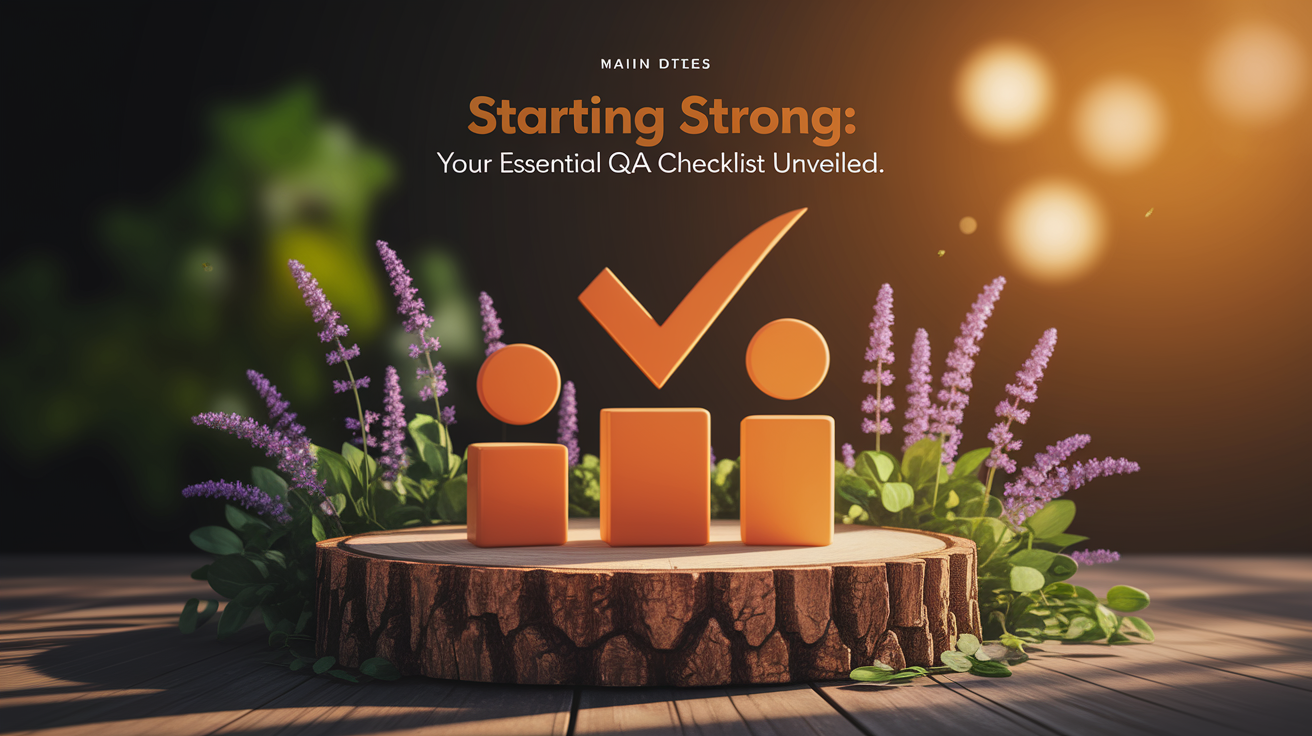
Even the finest-looking oil can hide adulteration or contamination, and that’s where QA shows its power. This process is what turns “nice” oils into trustworthy therapeutic-grade oils people confidently use for aromatherapy or topical purposes. Without it? Well, you might as well be walking a tightrope without a net.
QA Checklist Essentials: Core Components to Include
Getting your checklist right means packing in the essentials that guard against impurities, mislabeling, or mismatched species. Each step earns its place because it answers one critical question: “Is this oil exactly what I say it is?” Here are the core components:
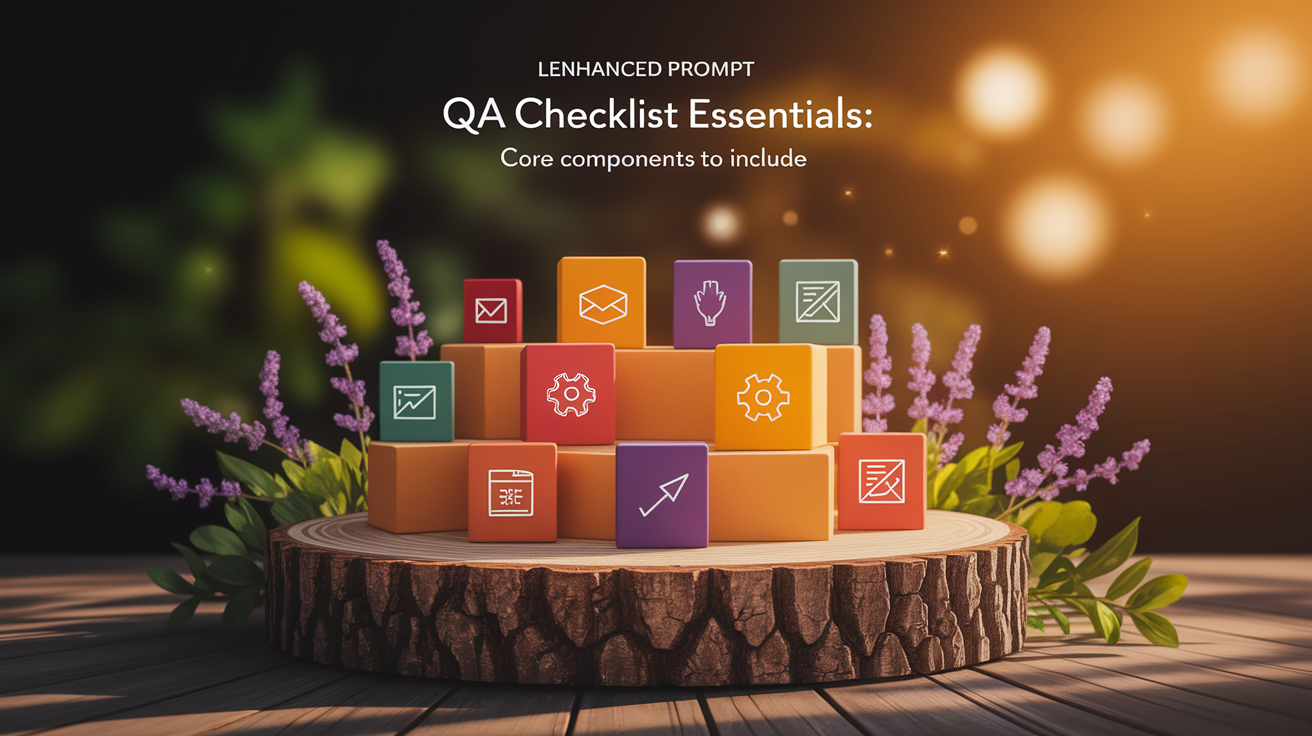
- Botanical Verification: Using Latin names to confirm the correct species and avoid mix-ups.
- GC/MS Testing: Gas Chromatography–Mass Spectrometry to confirm chemical constituents and spot synthetics or adulterations (here’s a deeper look).
- Certificates of Analysis & SDS: Documentation of testing results and safety guidance.
- Physical Property Checks: Measuring density, refractive index, optical rotation – all indicators of authenticity.
- Contamination Testing: Pesticide residue, heavy metals, and microbial presence all need ruling out.
- Batch Numbers & Traceability: For tracking every drop from source to shelf.
- Clear Safety Labeling: Instructions that protect consumers and meet regulatory standards.
Implementing Your QA Process: Stage-by-Stage
Breaking QA into stages makes it less overwhelming – and easier to spot weak points before they cause trouble. Think of it like following an oil’s life story:
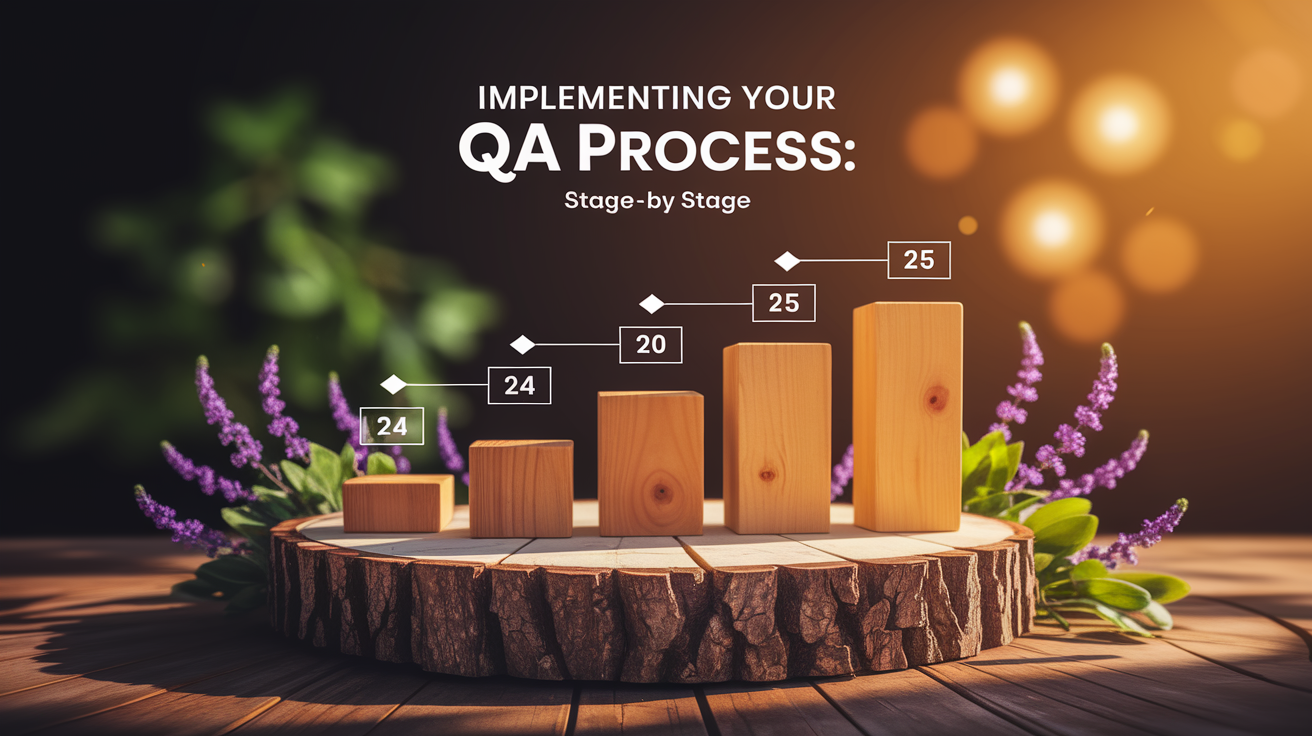
- Sourcing Stage: Verify your supplier and their cultivation practices. No pesticides? Check. Organic certification? Even better.
- Distillation Stage: Monitor temperature and pressure to protect delicate aromatic compounds – sloppy distillation can ruin an otherwise perfect crop.
- Testing Stage: Run GC/MS, density checks, and contamination screenings with reputable labs.
- Packaging Stage: Use clean, compliant facilities and packaging vendors who understand oil compatibility.
- Labeling Stage: Ensure batch data and safety information are precise and legally compliant.
At every stage, well-defined quality control procedures make errors less likely and confidence higher.
Partnering with Labs and Choosing Testing Methods
Not all labs are created equal – and the wrong choice could mean unreliable results. ISO 17025-accredited facilities are a smart bet for accurate, reproducible data. Standard tools like Gas-Liquid Chromatography (GLC), Mass Spectroscopy (MS), and Flame Ionization Detection (FID) together build a full chemical profile, revealing whether your oil’s therapeutic properties are intact or whether contaminants have crept in.
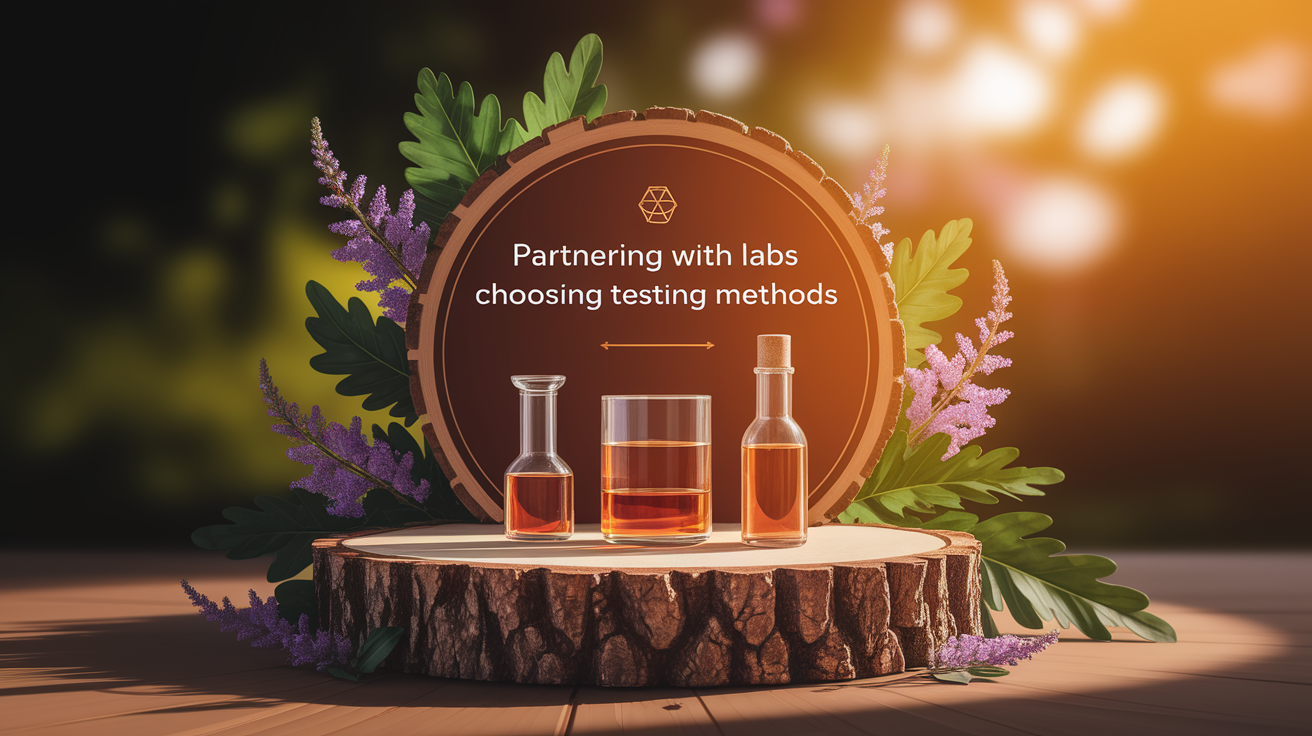
Working with an independent lab not only adds credibility but ensures you get unbiased verification. A trustworthy lab will hand you a Certificate of Analysis that’s crystal-clear, detailing everything from constituent levels to pesticide testing results. This step is where science meets branding, proving your oils are exactly what your labels claim.
Ensuring Transparency and Traceability
Transparency isn’t just nice – it’s a competitive advantage. Disclosing where your oils are grown, who distills them, and how they’re tested gives customers the facts they need to trust you. Think beyond marketing: supply origin details, cultivation conditions, distillation methods, and batch specifics. Posting your COAs and Safety Data Sheets publicly, when feasible, speaks volumes about your confidence in your oils.

Traceability is the detective work of QA – every batch number leads back to the field, the distillation run, and the lab report. This kind of open-book approach, as discussed here, sets you apart from brands that stay quiet on sourcing or testing.
Sustaining Quality: Integrating QA into Your Brand DNA
QA isn’t a “do it once and forget it” deal – it’s an ongoing partnership with your own products. That means developing habits: checking suppliers regularly, revisiting distillation protocols, renewing certifications, and staying up to date with manufacturing best practices for essential oils. It also means being prepared for change. A weather shift in a growing region? It could affect chemical profiles. A new packaging supplier? You’ll want to verify they meet your safety standards.
Small essential oil brands don’t have the cushion to absorb reputational hits – letting QA slip is an open invitation for trouble. Consistency comes from weaving QA into every decision, big or small.
Sealing the Deal: QA Confidence for Your Brand
When your QA checklist is more than just boxes to tick – when it’s alive, active, and woven into every step – you don’t just sell essential oils, you sell trust. Every test result, every traceable batch number, every transparent disclosure becomes proof that your brand respects both nature’s gifts and the people who use them. And once customers feel that, they don’t just buy your oils – they believe in them.

